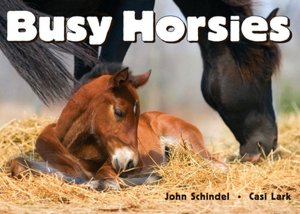I like a book that grabs me from the first page. This begins with, “I was born twice: first, as a baby girl, on a remarkably smogless Detroit day in January of 1960; and then again, as a teenage boy, in an emergency room near Petoskey, Michigan, in August of 1974.” It races on from there and never looks back. This book is incredible. You understand within the first few chapters why Eugenides won a Pulitzer prize for it. When I reached the end of this book, I was unhappy to bring it back to the library. I felt I needed to keep it, study it. To be honest, I only picked it up because it had a pretty gold star on it that announced it was a prize winner. I had no preconceived ideas about it. The last hundred pages or so really touch on the hermaphrodite issue. Leading up to it is generations of family drama, heartbreak, success, fears and chromosomal defect. As you are submerged in this book you realize quickly the enormous amount of work Eugenides put into it. It starts in the early 1900's in Smyrna during the Western Front. It follows the protagonist's, Callie or Cal, grandparents as they flee to the United States from the fires the Turks engulf the city with. They settle with cousins in a Greek community in Detroit. It is moves us through the Great Depression, WWII, Detroit Riots, the birth of the hippies and the sexual revolution. It details the care of silk worms, struggles of immigrants, bootlegging, women's rights, the birth of the Motor City, the start up and running of a business, racial segregation, and finally the science behind and emotional struggles of a hermaphrodite. The background and build up to the protagonist is extraordinary. By the time we got to to Callie's story, I was exhausted. I think this book is better digested over a period of a couple of months, not weeks.
I've already explained why this is a history book, novel of emotional struggles and a family saga. It is also philosophical. With quotes like, “Historical fact: people stopped being human in 1913. That was the year Henry Ford put his cars on rollers and made his workers adopt the speed of the assembly line. At first, workers rebelled. They quit in droves, unable to accustom their bodies to the new pace of the age. Since then, however, the adaptation has been passed down: we've all inherited it to some degree, so that we plug right into joysticks and remotes, to repetitive motions of a hundred kinds.” and “Normality wasn't normal. It couldn't be. If normality were normal, everybody could leave it alone. They could sit back and let normality manifest itself.” you begin to believe Eugenides might actually be a genius. It is also vaguely political, touching on issues with Nixon and Henry Kissinger.
This book is a masterpiece and very deserving of its award. I'll leave you with one final thought, that can be appreciated by most in the book world. "I, even now, persist in believing that these black marks on white paper bear the greatest significance, that if I keep writing I might be able to catch the rainbow of consciousness in a jar." No wonder it took him 9 years to write it.



